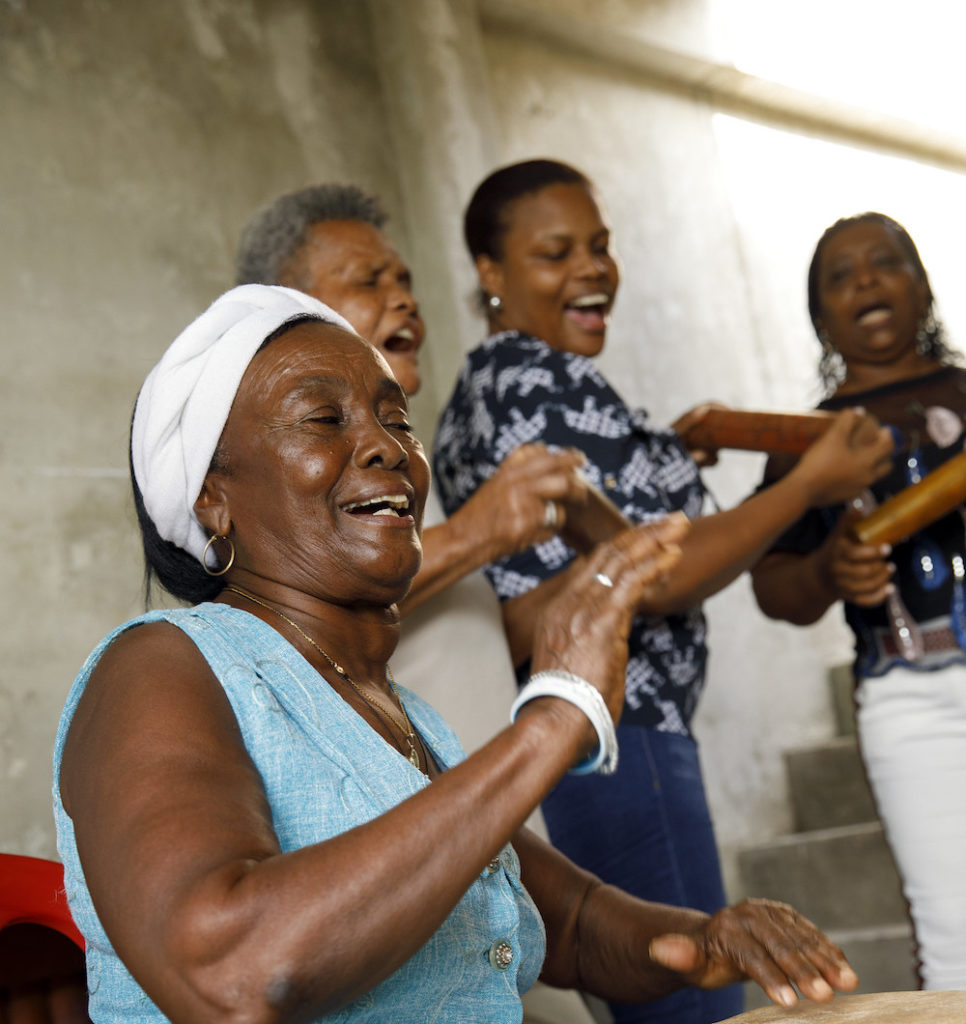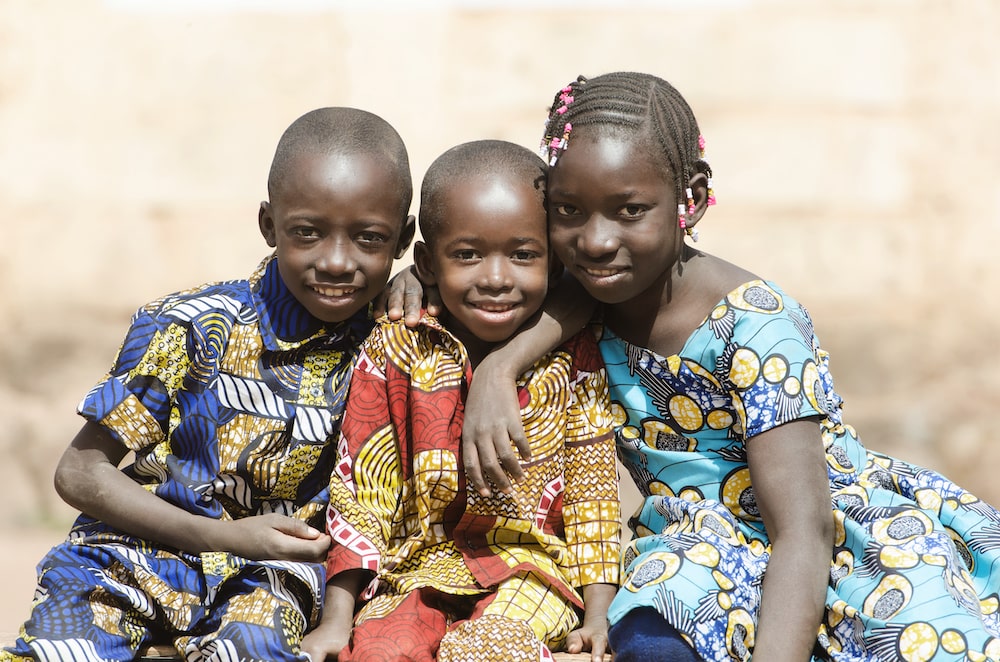Laws and policies– including those intended to address violence and underlying risk factors have the potential to affect populations at scale. They are critical for ensuring enabling environments for other types of prevention strategies. Yet, policy and legal interventions are an underexplored approach to reducing violence against women and girls (VAWG).
This page gives key resources and selected examples.
Given the potential reach of these strategies, they can make an important difference in preventing VAWG, even if the reduction is minimal. For instance, equalising inheritance rights for men and women and social protection policies through cash transfers have been found to reduce women’s risk of experiencing violence. This is unique as many other violence prevention strategies are not easily scaled up.
Certain laws and policies specifically address VAWG, like laws criminalising VAWG. Other laws and policies can reduce VAWG even if they are not designed to do so. These include reducing exposure to violence, promoting gender equality, or addressing other underlying risk factors for VAWG. Laws and policies that have been demonstrated to or have the potential to influence VAWG include:
- Education: compulsory schooling, laws against corporal punishment
- Social protection: cash transfers, universal health coverage, domestic violence leave
- Labour market and property rights: sexual harassment prohibition in the workplace and public areas, gender equal pay laws
- Family law and inheritance rights: child custody and maintenance laws, women’s access to divorce, inheritance laws
- Justice system: laws criminalising VAWG, repeal of gender-discriminatory laws
- Alcohol: increasing alcohol prices, restricting sale days, laws against alcohol misuse
- Economic development: access to housing policies, trade policies, minimum wage policies
- Women’s leadership: quotas around women’s political representation, feminist foreign policies
While a diversity of laws and policies have the potential to impact VAWG, there is a need for a deeper understanding of which ones, how and to what extent. The Prevention Collaborative, in partnership with the World Bank, is currently reviewing potential policy levers governments can use to reduce IPV at scale. This review will offer a conceptual framework that captures the different pathways through which policy change could reduce violence and identifies opportunities for policy action and future research. Stay tuned, as more will be forthcoming on this review soon.
NOTE: Implementation and enforcement of laws and policies are identified as key strategies under both the United Nations framework to reduce violence against women (RESPECT) and the United Nations strategy to reduce violence against children (INSPIRE).
- The RESPECT framework includes ‘Environments made safe’
- The INSPIRE framework includes ‘Implementation and enforcement of laws’ and ‘Safe environments.’

Addressing VAW through social protection: A review of the evidence

What difference are feminist foreign policies making in ending VAWG?

Strengthening a Legal and Policy Environment to Prevent VAWG: Implementation and Reform

Does Removing Gender Bias Inheritance Law Decrease VAW?

Legislative Wins, Broken Promises: Gaps in Implementation of Laws on VAWG

